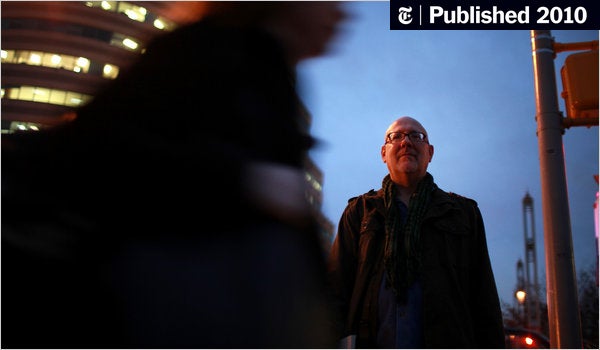how to handle extreme dynamic range in a vocalist
Just finished a tracking session with a singer who has a huge dynamic range. This musician is…
Just finished a tracking session with a singer who has a huge dynamic range.
This musician is otherwise very professional, and is a joy to have in the studio, and I'm not in any way criticizing her.
However, there are some variables I'd like to know how to handle should they recur (with either her or another musician):Â
The was musician playing guitar while singing live in the studio.
By the end of the session, we got the takes we needed, and their quality was good.
She never needed more than a few takes, but we had to do a few retakes on top of that because of a little clipping.
The extreme dynamic range makes using the pad setting problematic, coupled with a slightly noisy environment.
In general, what can one do to cope with a situation like this? Should the tracking engineer ride the trim pot in a situation like this, or would that make the recording choppy? Suck it up and use automation and light compression on the audio in post? Run a second mic for the vocal?
Here's my rig.
Macbook Pro with Garageband, wille export to Logic for mixdown.
MOTU Audio Express interface.
SM58 on her vocal and a Studio Projects C1 on her guitar, with a bit of bleed between the two (as anticipated).
Question from user Goodbye Stack Exchange at stackexchange.
Answer:
What Kim Burgaard said is very true.
The vocalist has a lot of control over how their voice is recorded.
As I'm a much inferior vocalist to those I record, it can be difficult teaching them this technique, as you just want to get a good take.
So what I end up doing is have the vocalist scream.
Well, I ask them to warm up and hit the loudest levels they can.
I then adjust via that.
I try not affect overall sound with compression in the analog domain.
With the takes in 24bit, I can use envelopes or a compressor in the mixing stage.
I would stay away from ridding the level during recording.
It's more difficult to get the levels right in the mixing stage.
You mention running a second mic for the vocal.
I would hope that is what you are doing anyway.
I don't think recording the mic and guitar with one mic is a good idea at all.
You'll not be able to mix anything.
Answer from user d-_-b at stackexchange.

